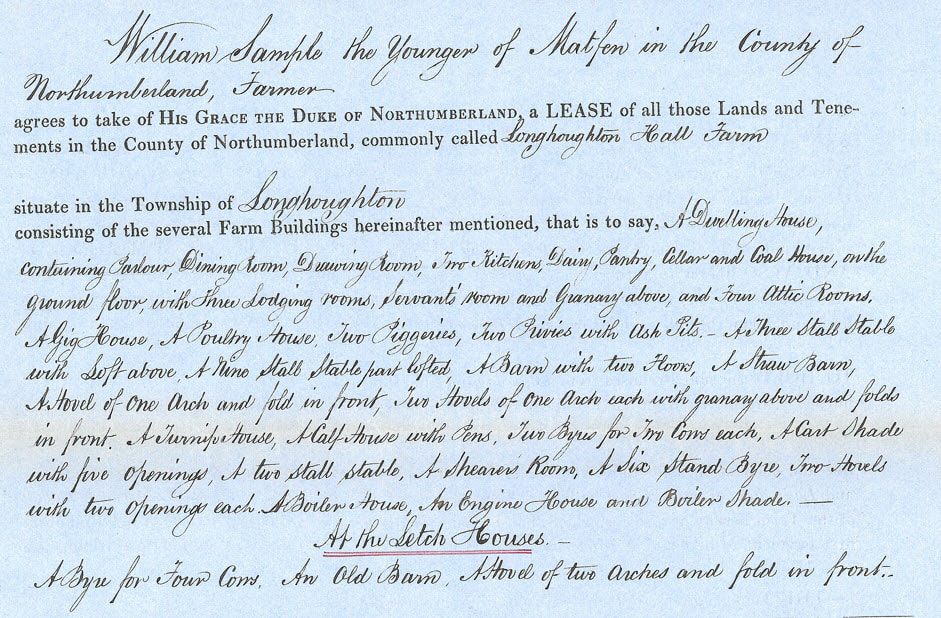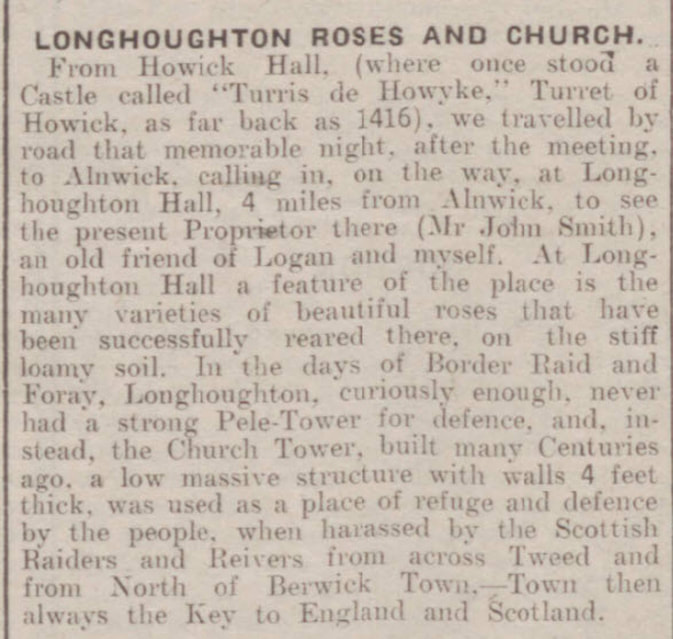A great narrative does not have to be fiction and writing creatively does not make an account less factual! Creating a rich setting provides the theatre in which characters can be expressed and allowed to re-enact their stories. For many family historians, the pleasure of research lies in sharing discoveries or entertaining others with ancestral tales. For some, it is the enjoyment of immersion in old documents and learning about times gone by. For others, it is the desire to create a legacy for generations to come. But for all, the question of how to record it all will doubtless arise at some point! There is the traditional method of recording information in a family tree accompanied by a report containing dates, facts and endless citations. But if looking to go beyond the time-honoured route, a written narrative account may be the answer. Nonetheless, the style and format of any account are dictated by the intended audience. Traditional family history reports are fine for other family historians. But they don’t and won’t cut the mustard with non-genealogy minded folk! To keep them reading beyond the first page requires a more sensory approach and language that captures the imagination. Writing a factual family history, a biographical account of a specific ancestor or about the place where ancestors lived needn’t be dull. Cast your mind back to books you have read. What is it about them you enjoyed? I have recently finished ‘Inge’s War' by Svenja O’Donnell.[1] Taking advantage of the hot weather I sat in the garden and read the account of her grandmother’s life in Germany during WW2 from cover to cover. It is an example of a family history narrative at its best. Meticulously researched, yet the language is highly accessible making it easy for the reader to engage with her story. It is sensitive and compelling but remains honest and factual. Creating Setting for Historical NarrativesLike any other account, the historical narrative needs to contain specific elements. Setting is one of the most important as it conveys a sense of place and time as well as providing the backdrop and mood for characters to play out the plot. I have been having some fun of late indulging in a bit of memoir combined with house history and a 1,000-word challenge. The house and farm where I spent much of my childhood and adolescence have a history that stretches back several centuries. The house’s listing with Historic England dates it from the late sixteenth - early seventeenth century. [2] But I am also lucky as many records have survived which show how they have changed and evolved over the years. I was the fifth generation in my direct paternal line to have lived there, thus I remember it well.
It doesn’t always need a photograph to generate a visual on which to base more sensory images. This extract from the rental agreement for our predecessors in 1853 paints a picture of a very different internal layout than the one I remember or exists today. These differences account for the strange levels of old doorways and windows which can still be seen both inside out. Instead of producing a literal account, it is possible to create a more dramatic feel for the idiosyncrasies without compromising the truth.
In the 1000-word challenge, I went a step further, humanised the house and treated it as the central character. By creating analogies between the house as a mother caring for her children, and, as a collector of the souls of previous inhabitants, it suited the purpose of the story I was trying to tell. Below are some examples of sources that will provide valuable information to help create a setting rich in historical detail and context.
The garden of my early childhood in my grandparents' day has also radically changed. Granny Smith loved her flowers; a large bed in the centre of the top lawn provided what seemed to be an endless supply of Dahlias and Chrysanthemums. There was a dry fishpond, a concrete-lined crater surrounded by crazy paving and French Marigolds. But it is the rows of rose beds separated by parallel gravel pathways I particularly remember. It was this interesting little snippet found in the newspapers that brought it to mind. Although the paper appeared in 1934, the article relates to recollections of a journey made 40 years earlier in 1895.
My recollections of the structure of the house continue:
The next step is to introduce atmosphere. Setting and sensory description is often lacking from traditional family histories and other historical accounts. Again, as well as engaging the reader it is important to remember the contract to provide a truthful account. In my 1000-word challenge, I drew heavily on personal memories of sounds, smells, taste and touch.
The smallest detail or object can add mood and ambience as well as focus and interest. Whilst helpful for setting, the sources listed above also contain information about the human aspect of a property or place. When combined with the records commonly used for researching family histories, such as Birth Marriage & Death and the Census, it is possible to draw together a chronological account of previous inhabitants.
There is enough information about the place and its people to write several chapters of a book. This extract is a brief glimpse, but it needed to be. Context and relevance are key for both narrative and content. A tight word count focuses the mind and curtails an over-eager pen! Writing a family, house or any other history may seem a daunting prospect. Try starting small with a series of small challenges or vignettes written in 1,000 words or less. It’s amazing how much can be said in under 500 words. These exercises are great for building confidence and also for providing material for a much larger work. Remember, a great narrative does not have to be fiction and writing creatively does not make an account less factual! Creating a rich setting provides the theatre in which characters can be expressed and allowed re-enact their story. A two-part article on the topic of writing family history narrative will be published in Family Tree Magazine. Part I which considers the principles, (moral and otherwise) together with the potential pitfalls, will appear in the October issue on sale from the 10th September. It is based on the responses to a public questionnaire circulated in June. If you were one of the 75 individuals who took part and shared their views, very many thanks indeed. Your opinions matter and they were fascinating to read! Part II will focus on the practicalities of writing family history in its several forms. If you have written a family history or are writing your ancestors' stories as a narrative, tried to write but given up, or would like to give it a go but don't know where to begin, we would love to hear from you. The questionnaire is anonymous and contains only seven quick questions. It will be open throughout August. The results with a selection of your comments will appear in the December issue. As research can be a solitary pastime, so can writing. Getting together with others, in a small group, or even just one other individual can provide moral support as well as helpful feedback and suggestions. Content, Context and Construction are topics I intend to cover in workshops with small groups over the winter months. If you think these might be of interest, please contact me for further information. If you enjoyed this post why not subscribe to the Free monthly Blog and newsletter and never miss a thing! Useful Links[1] Penguin Books, Svenja O'Donnell, 'Inges' War - A True Story of Family, Secrets and Survival under Hitler'
https://www.penguin.co.uk/books/111/1118767/inge-s-war/9781529105476.html [2] Historic England, Longhoughton Hall, https://historicengland.org.uk/listing/the-list/list-entry/1041774
3 Comments
Jane Slade
31/7/2021 03:49:50 pm
Really enjoyable read Susie. Definitely the right approach to bring history to life . Loved the photos.
Reply
14/8/2021 07:07:47 am
Hi there Jane
Reply
10/3/2022 12:53:25 pm
Great article! Thank you for sharing this informative post, and looking forward to the latest one.
Reply
Leave a Reply. |
AuthorSusie Douglas Archives
August 2022
Categories |
Copyright © 2013 Borders Ancestry
Borders Ancestry is registered with the Information Commissioner's Office No ZA226102 https://ico.org.uk. Read our Privacy Policy








